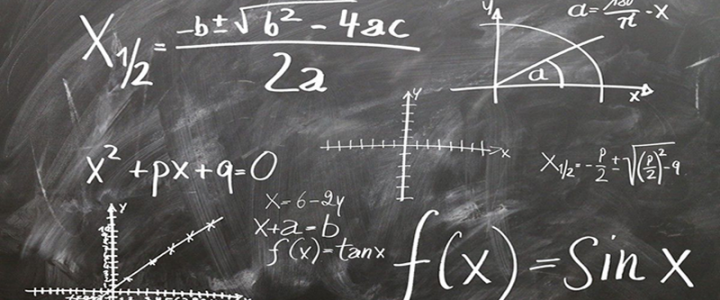| 1 YEAR | 2 semester | 9 CFU |
| Prof. Paolo Salvatore | 2019-20 |
| SALVATORE PAOLO – LHOTKA CHRISTOPH HEINRICH |
2020-21 |
| Francesca Tovena – tovena@mat.uniroma2.it Andrea Santi |
2021-22 2022-23 |
|
Andrea Santi (6 cfu)- santi@mat.uniroma2.it Filippo Viviani (3cfu) – viviani@mat.uniroma2.it |
2023-24 |
| Code: 8037949 SSD: MAT/03 |
OBJECTIVES
LEARNING OUTCOMES: The course provides an introduction to linear algebra and euclidean geoemetry.
KNOWLEDGE AND UNDERSTANDING: The student will learn to solve simple geometric and algebraic problems using the tools provided by the course.
APPLYING KNOWLEDGE AND UNDERSTANDING: Ability to apply knowledge and understanding to concrete problems.
MAKING JUDGEMENTS: The student will learn how to interpret the data of an algebraic or geometric problem without following standard schemes.
COMMUNICATION SKILLS: The student will show, esapecially during the oral exam, her/his ability to describe the logical process that yields the theorems studied in the course.
LEARNING SKILLS: The student will learn to understand the exercises of the written exams, and to develop a method to solve them.
COURSE SYLLABUS
Linear equations and linear systems. Solutions. Consistency of a system. Basic and free variables. Matrix of coefficients. Augmented matrix. Row reduction to echelon matrix. Exercises on linear systems. Numerical vectors. Addition and multiplication by scalars. Linear combinations. Linear systems and vectors. Linearly independent vectors. Finding subsets of linearly independent vectors. Linear systems in matrix form. Exercises on linear systems in vector form. Canonical basis. Linear space. Basis and coordinates of vectors. Steinitz lemma. Dimension of linear spaces. Rank of a matrix. Linear spaces of rows and columns of a matrix. Null space of a matrix. Matrix transformations. Injectivity, surjectivity and rank. Linear transformations and matrices. Multiplication and addition of matrices and their linear transformations. Invertible matrices. Computing the inverse via row reduction Change of coordinates and matrices Vector (linear) spaces. Examples of polynomials and matrices. Linear subspaces. Intersection of linear subspaces. Sum of linear subspaces. Grassmann formula. Basis for intersections and sums of linear spaces. Determinants: definition, properties, computation. Computation of the rank using determinants. Computation of the inverse matrix using determinants. Determinant of a product. Cramer’s formula. Linear transformation between vector spaces. Image and kernel. Matrix of a linear transformation with respect to basis of the domain and of the range. Lines in the plane and in 3-dim. space. Planes in the 3-dim. space. Cartesian and parametric equations. Lines through 2 points. Plane through 3 non collinear points. Relative position of two planes. Relative position of two lines in 3-dimensional space. Inner product. Norm. Distances. Orthogonal vectors, lines, planes. Angles. Cross product in 3-dim. space. Mixed product. Area of parallelogram. Volume of parallelepiped. Eigenvalues and eigenvectors. Characteristic polynomial. Algebraic and geometric multiplicities. Diagonalization of endomorphisms and matrices. Orthogonal subspaces, orthonormal basis, orthogonal matrices.
Gram-Schmidt orthonormalization. Formula for the orthogonal projection. Matrix of orthogonal projections. Spectral theorem for symmetric matrices. Quadratic forms and their classification.Conic curves: classification Rotations and translations that put a conic in normal form.

 UNIVERSITA' DEGLI STUDI ROMA "TOR VERGATA"
UNIVERSITA' DEGLI STUDI ROMA "TOR VERGATA"
